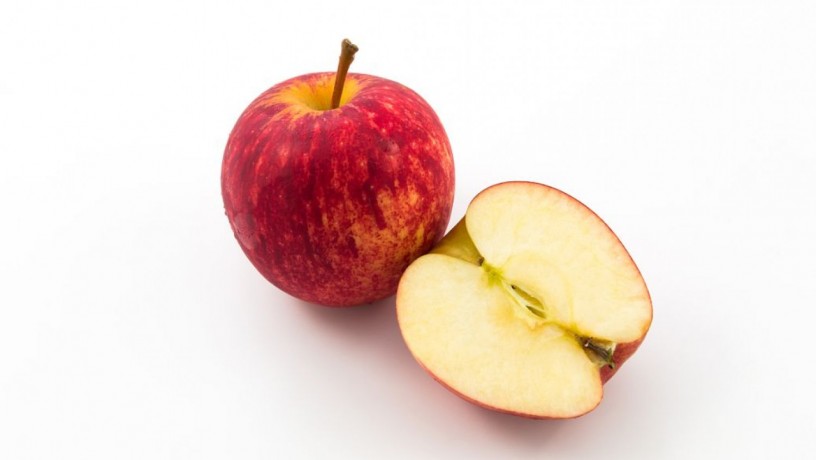Potassium Nitrate Private
1 year ago - Multimedia - Warangal - 120 viewsPotassium nitrate ;is a chemical compound. It is an ionic salt of potassium ions K+ and nitrate ions NO3?, and is, therefore, an alkali metal nitrate. It occurs in nature as a mineral, niter (or niter in the UK). It is a source of nitrogen, and nitrogen was named after niter. Potassium nitrate is one of several nitrogen-containing compounds collectively referred to as saltpeter (or saltpeter in North America).
Major uses of potassium nitrate are in fertilizers, tree stump removal, rocket propellants, and fireworks. It is one of the major constituents of gunpowder (black powder). In processed meats, potassium nitrate reacts with hemoglobin and myoglobin generating a red color. Potassium nitrate has an orthorhombic crystal structure at room temperature, which transforms into a trigonal system at 129 °C (264 °F).
Potassium nitrate is moderately soluble in water, but its solubility increases with temperature. The aqueous solution is almost neutral, exhibiting pH 6.2 at 14 °C (57 °F) for a 10% solution of commercial powder. It is not very hygroscopic, absorbing about 0.03% water in 80% relative humidity over 50 days. It is insoluble in alcohol and is not poisonous; it can react explosively with reducing agents, but it is not explosive on its own.
Foods High in Nitrates
Nitrates are a set of compounds that involve nitrogen and oxygen molecules. While they are often associated with cured meats, green, leafy vegetables are actually much richer in nitrates.
While the association of nitrate with cured meats causes some to worry about their cancer-causing effects, other studies show that the nitrates found in vegetables may actually help reduce the risk of cancer. Studies suggest that eating foods rich in natural nitrates can help reduce your risk of a number of chronic health conditions, whereas eating foods high in added nitrates can cause health risks.
Why You Should Avoid Nitrates
Nitrates on their own are not broken down by stomach acid. Instead, your gut biome can break down nitrate into nitrite, which can cause health complications such as an increased risk of cancer. ;
Nitrate is an inorganic, water-soluble chemical. Your body makes around 62 milligrams (mg) of nitrites a day, but the majority of nitrates come from your diet. On average a person living in the United States consumes 75 to 100 mg of nitrates a day.
Many processed types of meat are high in nitrates. While these nitrates are useful for preserving and improving the color of food, they are not good for your health. Many studies recommend that vitamin C be added to cured meats high in nitrates to prevent the formation of harmful nitrite compounds.
Barium Chloride
What is Barium Chloride?
Barium Chloride ;is the inorganic compound with the formula BaCl2. It is one of the most common water-soluble salts of barium. Like other barium salts, it is toxic and imparts a yellow-green coloration to a flame. It is also hygroscopic.
How is it used?
Barium Chloride Dihydrate is used in wastewater treatment, the production of PVC stabilizers, oil lubricants, barium chromate, and barium fluoride. As an inexpensive, soluble salt of barium, Barium Chloride finds wide application in the laboratory. It is commonly used as a test for sulfate ions. In industry, Barium Chloride is mainly used in the purification of brine solution in caustic chlorine plants and also in the manufacture of heat treatment salts, case hardening of steel, the manufacture of pigments, and the manufacture of other barium salts. Barium Chloride is also used in fireworks to give a bright green color. However, its toxicity limits its applicability.
Barium Hydroxide - Ba(OH)2
What is Barium Hydroxide?
Barium hydroxide ;is also called baryta with the formula Ba(OH)2. It is a clear white powder with no odor. It is poisonous in nature. It is ionic in nature, for example, Ba(OH)2 (barium hydroxide) in an aqueous solution can provide two hydroxide ions per molecule. Barium hydroxide is the only reagent described for metalizing carboxamidesBarium hydroxide was less degradative as compared to barium oxide.




















